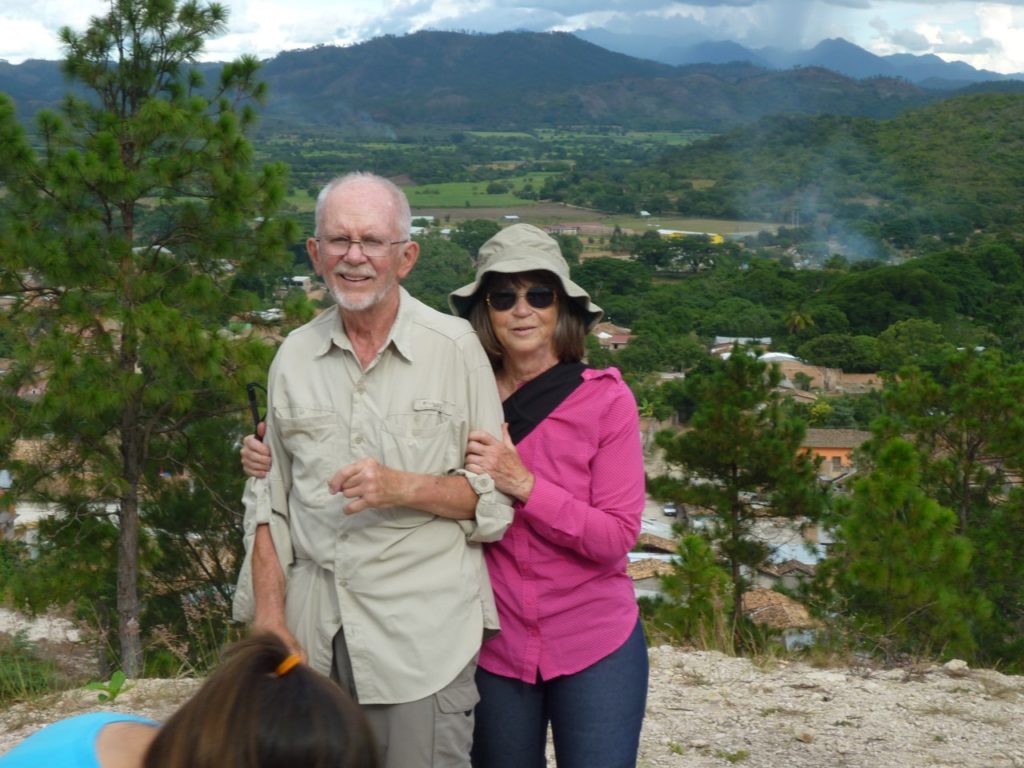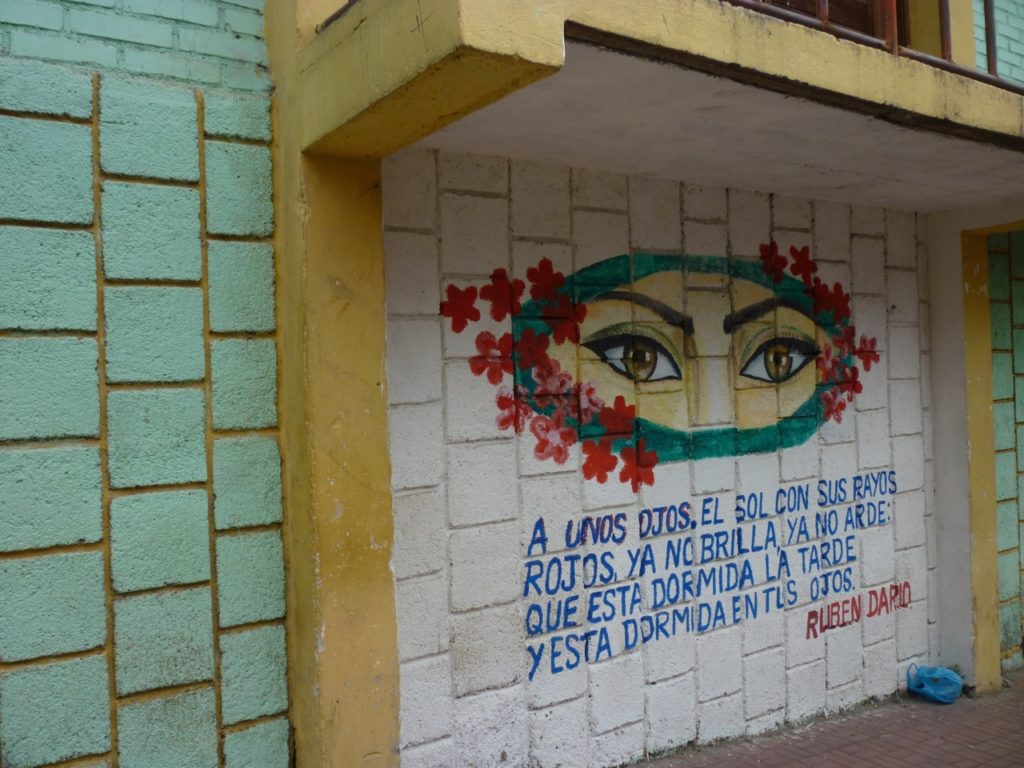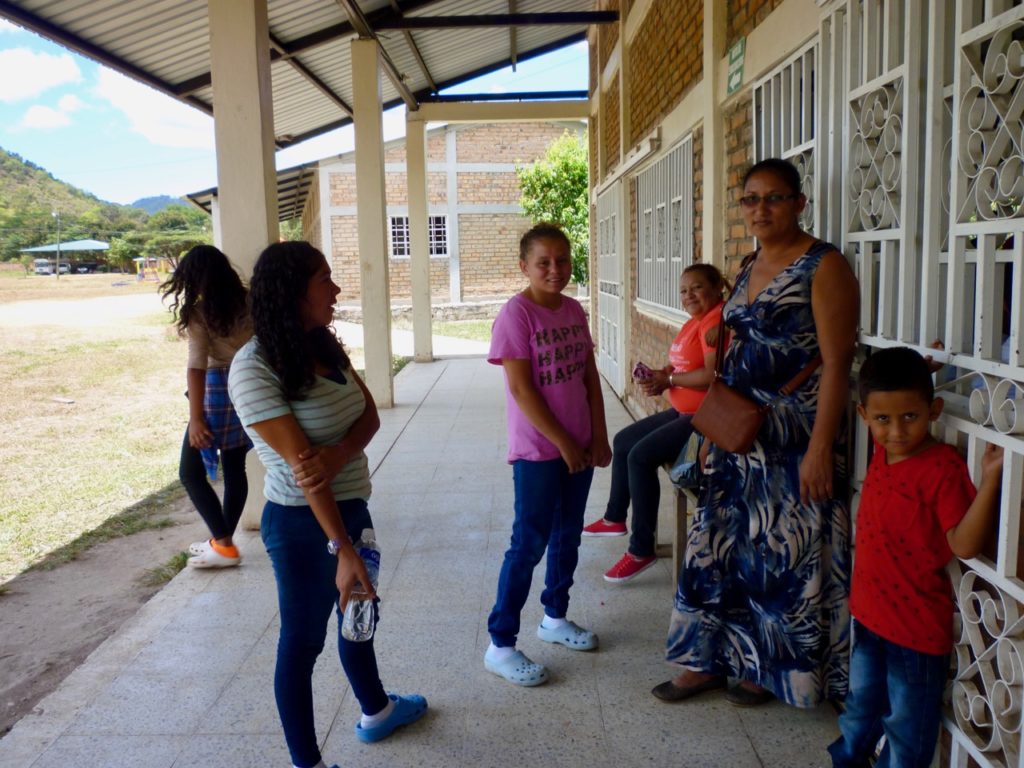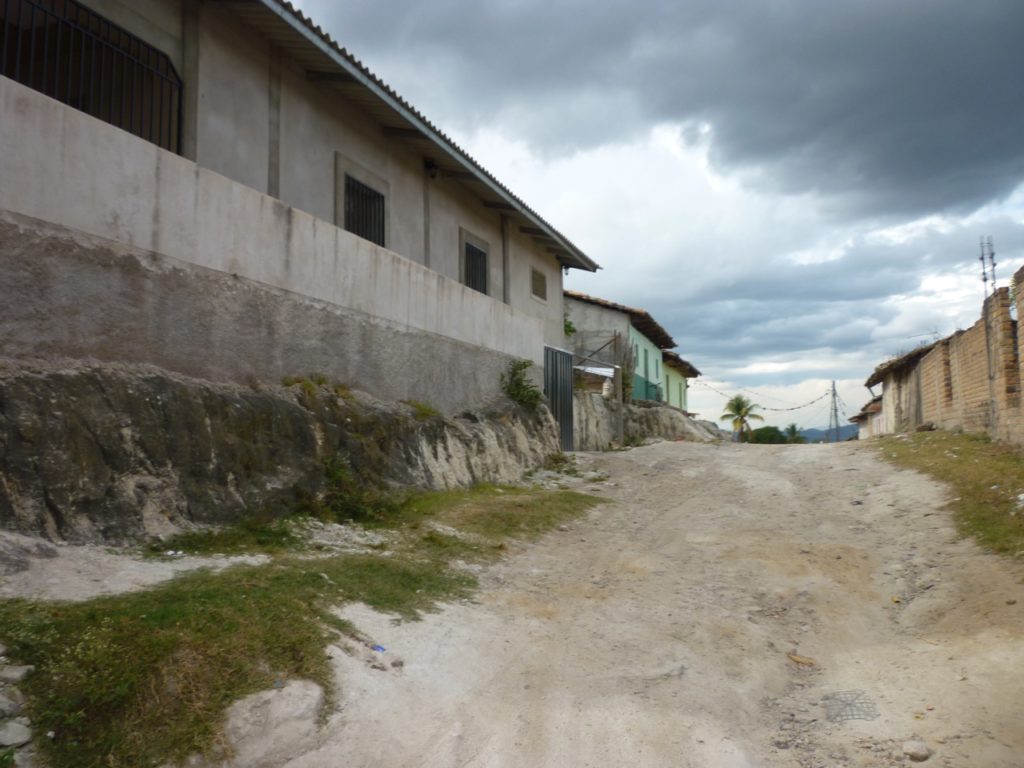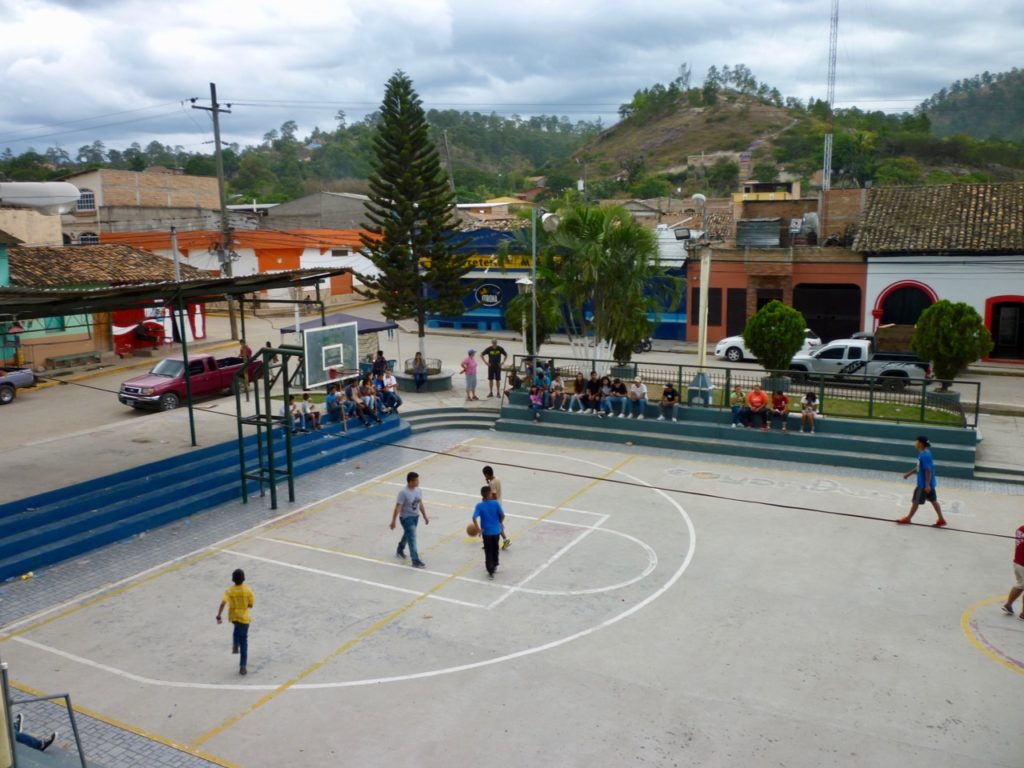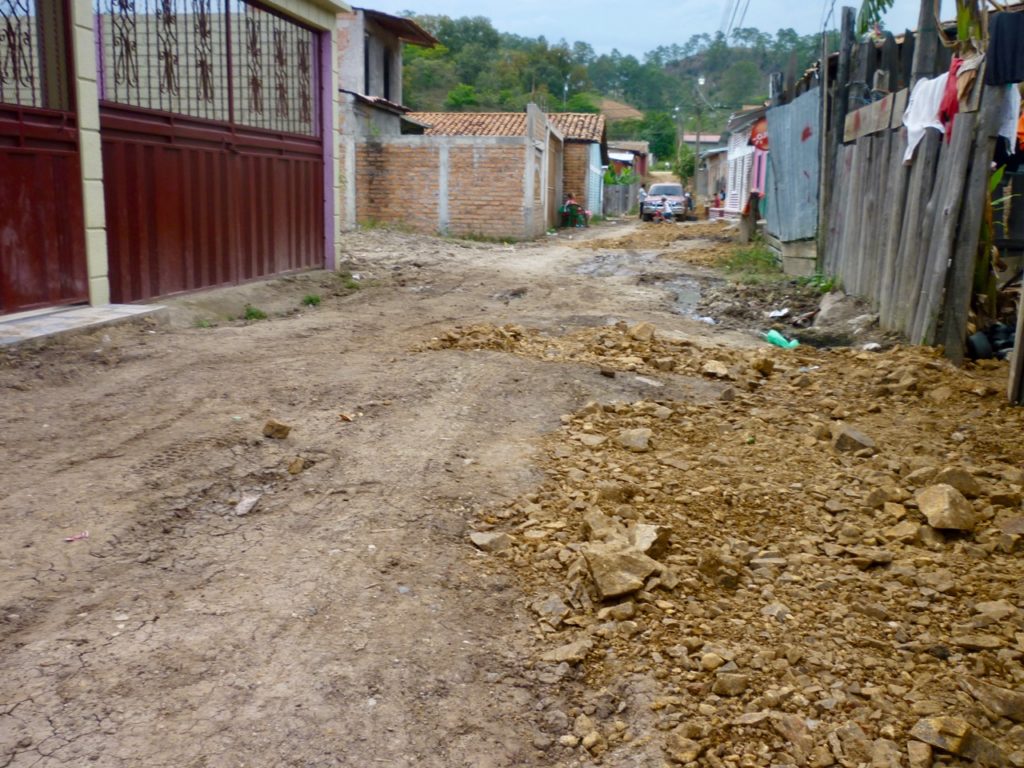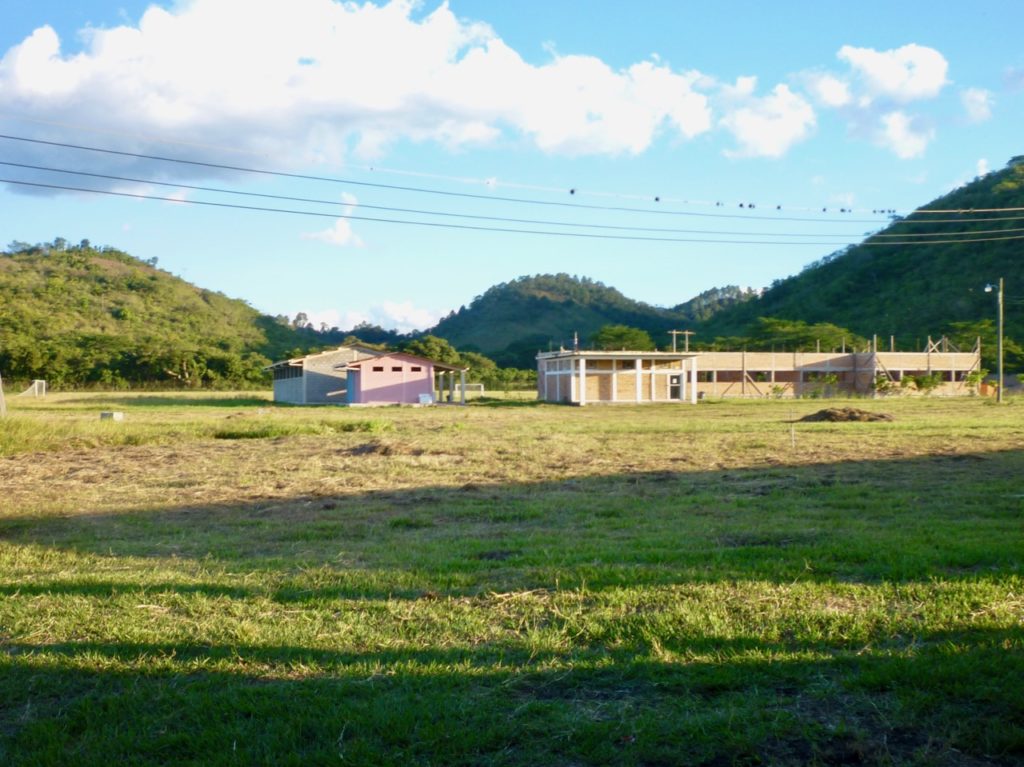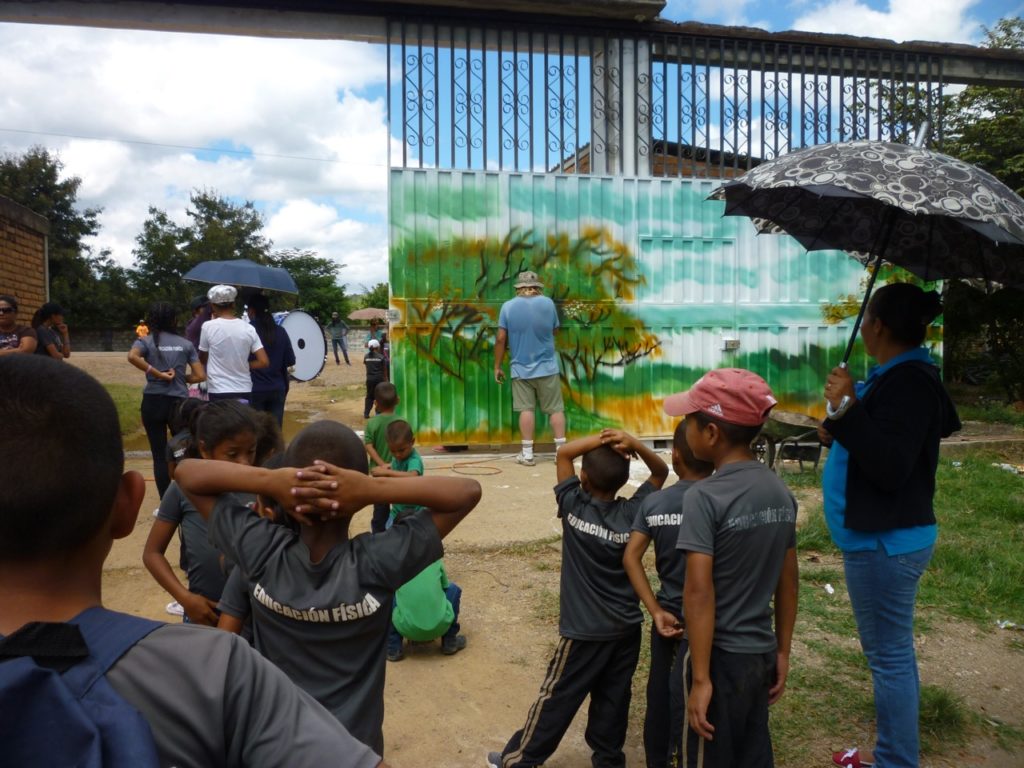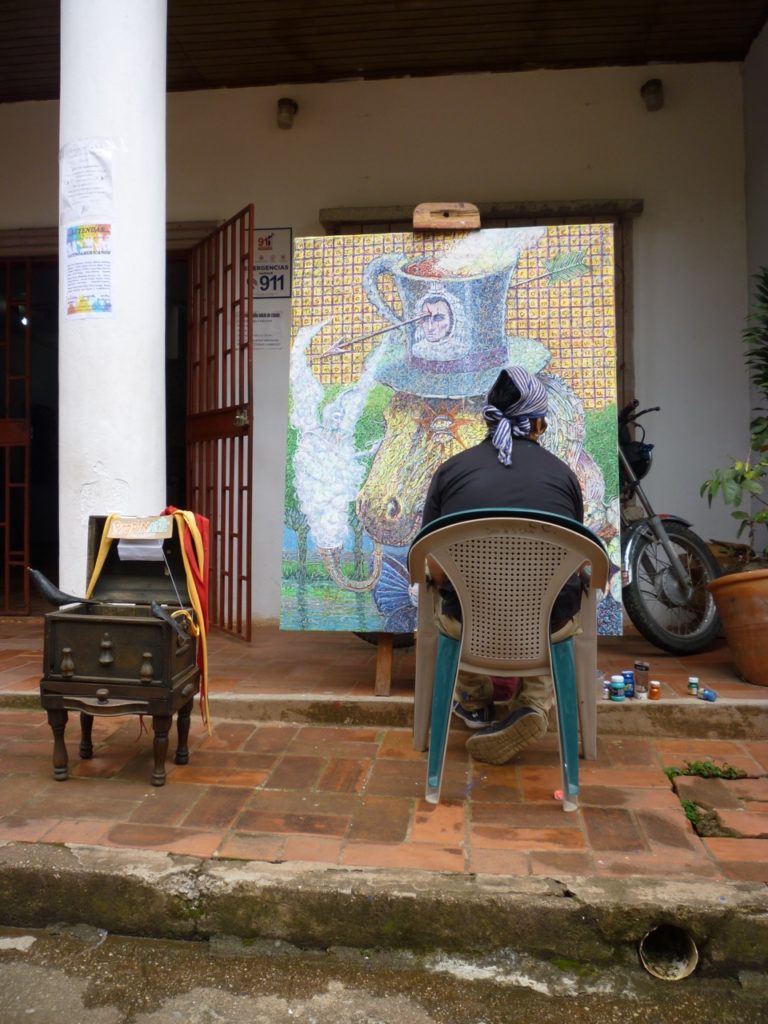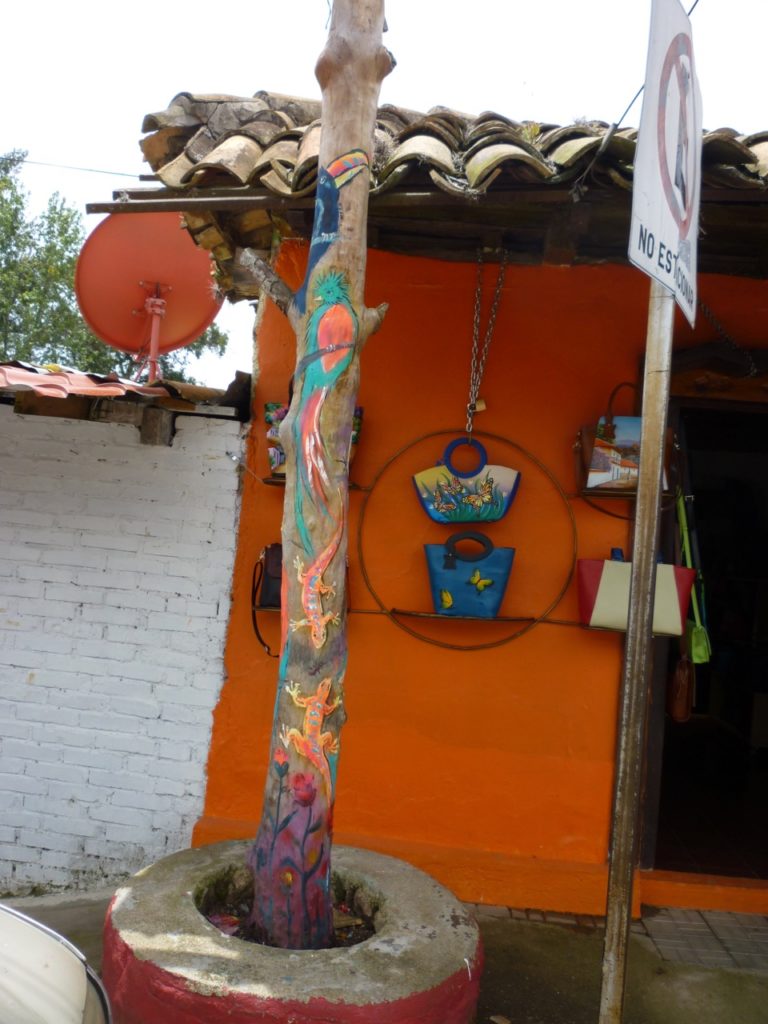Project Manuelito is a flat grassy field of quite a few acres, dotted with about nine low-slung brick buildings that house two dormitories, a dining hall, a guest house, dormitories for team visitor, vocational school and classrooms.
It’s in a rural part of central Honduras near the edge of Talanga, a country town. There is also a large, popular soccer field.
Clusters of children and teenagers were running and playing among the buildings. We had arrived during a vacation period.
About 50 of the students at the project are street children, rescued from abject poverty: homelessness, sleeping on the street, begging for food.
Another 150 students come from the poorest homes in the area, where they would have no hope of raising the small amount needed to attend a regular school.
HOPE TEAMS
We flew to Honduras with members of Hope Teams International, a small non-profit that supports the project through funding and sending work teams.
HISTORY
Proyecto Manuelito was founded about a dozen years ago by a pastor in Tegucigalpa, the capital. A number of church groups in the U.S have taken on supporting the school.
We heard about the Honduran school through our church and after talking with the Hope Teams director, Cindy Larvick, at HTI’s headquarters in Clackamas, Oregon, and explained our sewing project, were invited to go down with a local team.
We decided to come down with others, rather than go on our own as we had in previous projects because we could speak no Spanish. Honduras is notoriously crime-ridden. We were told not to leave the fenced school grounds without an escort.
Our team consisted of Scott Pendergraft, his wife Jodee, and their daughter Shayla, a university student, and Brad Benson and his daughter Emma, also a university student. For the Pendegrafts it was their ninth annual trip; for Emma her fourth, and Brad’s first.
We (Caye and John) lugged our eight sewing machines over to a newly-built classroom and presented them to Jessica, a local woman and experienced seamstress who had been hired to teach area women sewing.
Lessons began in three days, but after going to a couple of fabric stores the next day we found Jessica busily cutting and sewing outfits for eight girls. She made clothing for them to wear for the Honduran Independence Day parade. By the following day she had finished them all, and eight girls from the school marched, wearing them, in the nearby town’s large Independence Day parade.
Our most interesting experience was a church service in town, where we were amazed by the energy of the preacher whose flamboyance surpassed that of most rock-‘n-roll performers.
